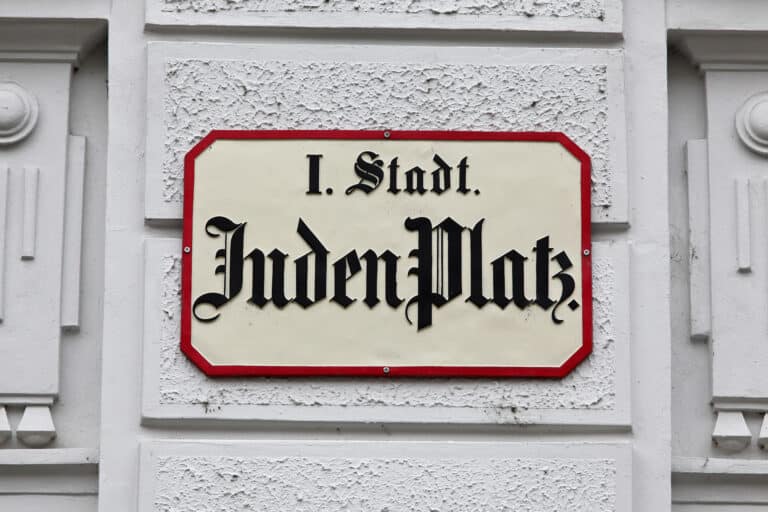
From medieval times to the present day, the history of the Jewish community in Vienna is one of both great success and great tragedy.
Vienna’s Jewish history dates back nearly 900 years. Jews lived in the Austrian capital well before it became known for its beautiful palaces, classical music and impressive cafes.
Before 1938, the Austrian Jewish community was one of the largest in Europe. Vienna was an important center of Jewish culture, education and Zionist thought. At different times, some of the greatest Jewish thinkers called Vienna home, including Theodor Herzl, Sigmund Freud, Franz Kafka and Viktor Frankl.
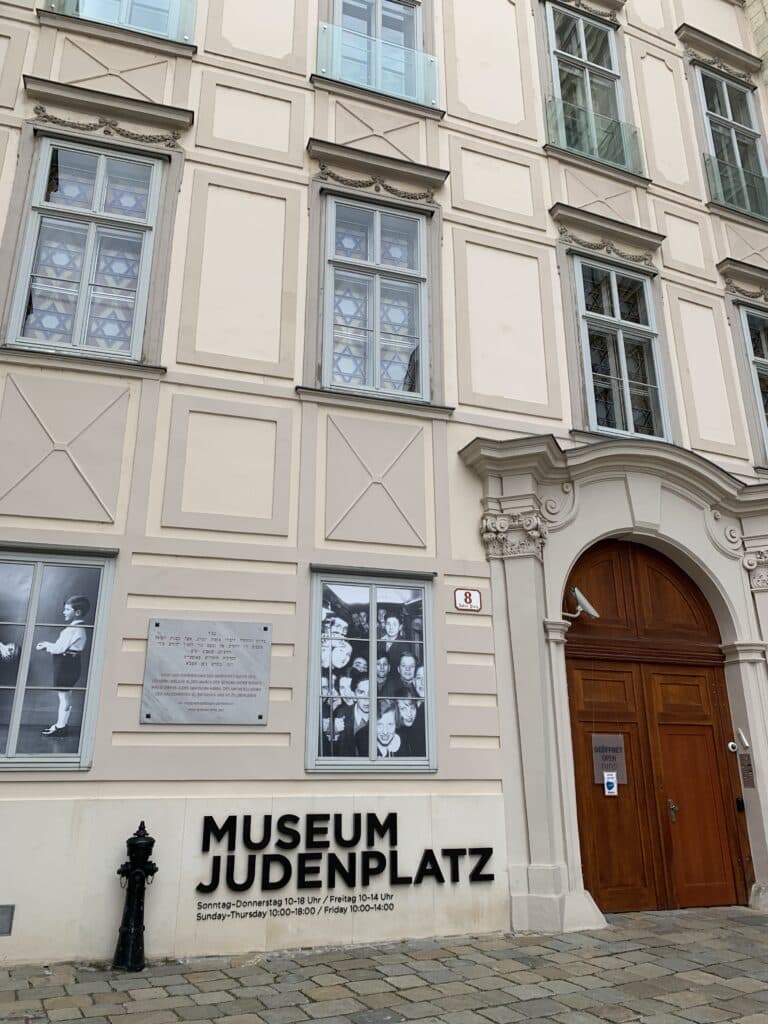
Nazi Germany occupied Vienna in March 1938. By the end of WWII, only 800 of the once 200,000 Jews who lived in Vienna escaped death camps– most surviving the Holocaust by remaining underground.
By 1945, few traces were left of the vibrant Jewish community that once existed in Vienna. After the war, a small group of Jews re-established themselves in the city, and today, around 10,000 to 15,000 Jews are rebuilding Jewish life in Vienna.
A brief Jewish history of Vienna
There is evidence that Jews lived in Vienna beginning around the end of the 12th century. The center of Jewish life in the Middle Ages was an area now called the Judenplatz. Literally meaning “Jewish Square,” Today the site on Vienna’s Innere Stadt is home to a Holocaust memorial and Jewish museum.
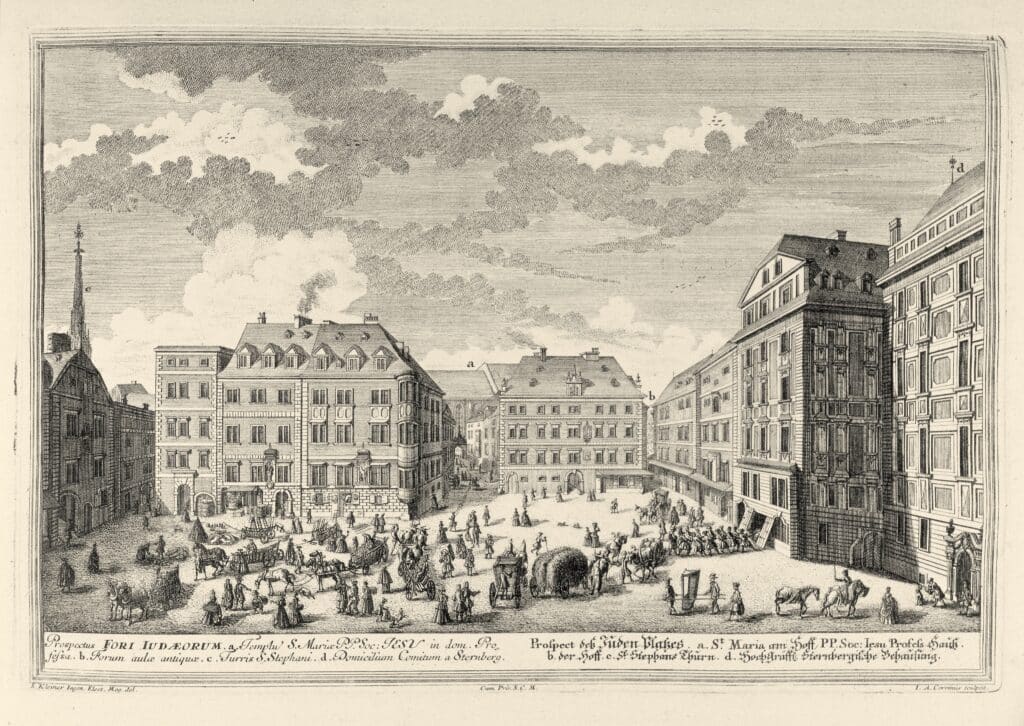
Jewish history in the Middle Ages was plagued by multiple episodes of persecution, expulsion, forced conversion and murder. The Vienna Gesera, meaning “Viennese Decree,” was the persecution of Jews in Austria in 1420–21. On the orders of Duke Albert V, Jews were exiled, forcibly converted, imprisoned and eventually executed. The Viennese Jewish community of about 1,500 was destroyed and all properties were confiscated by the duke.
By the early 1500s, Jewish families made their way back to Vienna. In 1582, there were enough Jews living in Vienna made it necessary to establish their own cemetery. However, by 1669, Jews were once again expelled under the rule of Leopold I.
Habsburg Emperor Joseph II, one of Vienna’s most famous figures, was more tolerant than his predecessors. In 1782, he issued the Edict of Tolerance, which granted Jews permission to practice their faith freely in lower Austria and eventually led to the official sanctioning of an autonomous Jewish religious community in Austria by Emperor Franz Joseph in 1849.
The Golden Age for Vienna’s Jewry
With newly acquired rights, Jews began to gain social reputation and a reinforced sense of Jewish identity. The community hired renowned architect Josef Kornhäusel (who had also built prominent museums and palaces) to build the Wiener “Stadttempel”, the central synagogue of Vienna. The building of the synagogue was inaugurated in 1826.
Vienna saw a wave of Jewish immigration from other parts of Eastern Europe in the late 19th century– setting the stage for what would become the “golden age” for Viennese Jewry.
At the time, the Viennese Jewish community was also made up of a considerable number of Sephardim. They came from Turkey, Serbia, Bulgaria, Romania, Greece, and spoke Ladino. Sephardim organized a community of their own, largely separate from their Eastern European neighbors. Their community center and synagogue, the Leopoldstädter Temple, was the largest in Vienna.
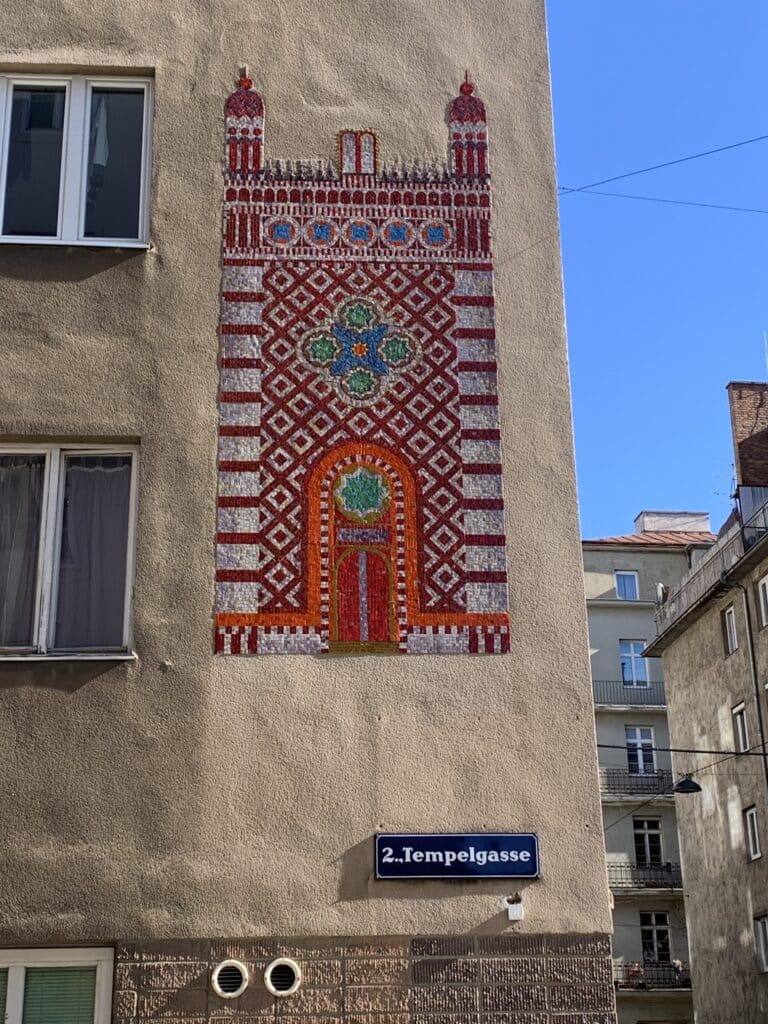
By the 1920s, 10 percent of Vienna’s population was Jewish, and Vienna had one of the largest Jewish populations in the world. At its highest point, the Jewish community is believed to have reached 200,000 people. Many Jewish artists, intellectuals and business people played a decisive role in growing Vienna into a European metropolis.
Hitler’s antisemitic breeding ground
In many ways, Austria had a unique role in the Holocaust. For one, Adolf Hitler was born in Austria-Hungary and was raised near Linz. In the early 1900s, he moved to Vienna in hopes of studying fine art, but was rejected from art school twice. It was in Vienna that Hitler first became exposed to racist rhetoric, according to journalist William L. Shirer in his book The Rise and Fall of the Third Reich: A History of Nazi Germany.
German nationalism had a widespread following in the Mariahilf district of Vienna, where Hitler lived. He was influenced by these ideologies and read local newspapers that played on Christian fears of being swamped by an influx of Eastern European Jews. With these growing beliefs, Hitler moved to Munich, Germany in 1913 and began his military and political career.
Vienna during the Holocaust
In March of 1938 Nazi Germany annexed the Austrian Republic in what became known as the Anschluss. In less than one year, the Nazis introduced all the discriminatory laws, backed by ruthless terror and mass arrests. Officials closed Jewish community offices and sent the board members to the Dachau concentration camp.
Kristallnacht (November 9-10, 1938) or the “Night of Broken Glass” was particularly brutal in Vienna. Most of the city’s synagogues and small prayer houses were torched by members of the Nazi Party, Hitler Youth and ordinary citizens who joined in vandalizing Jewish homes, institutions and businesses.
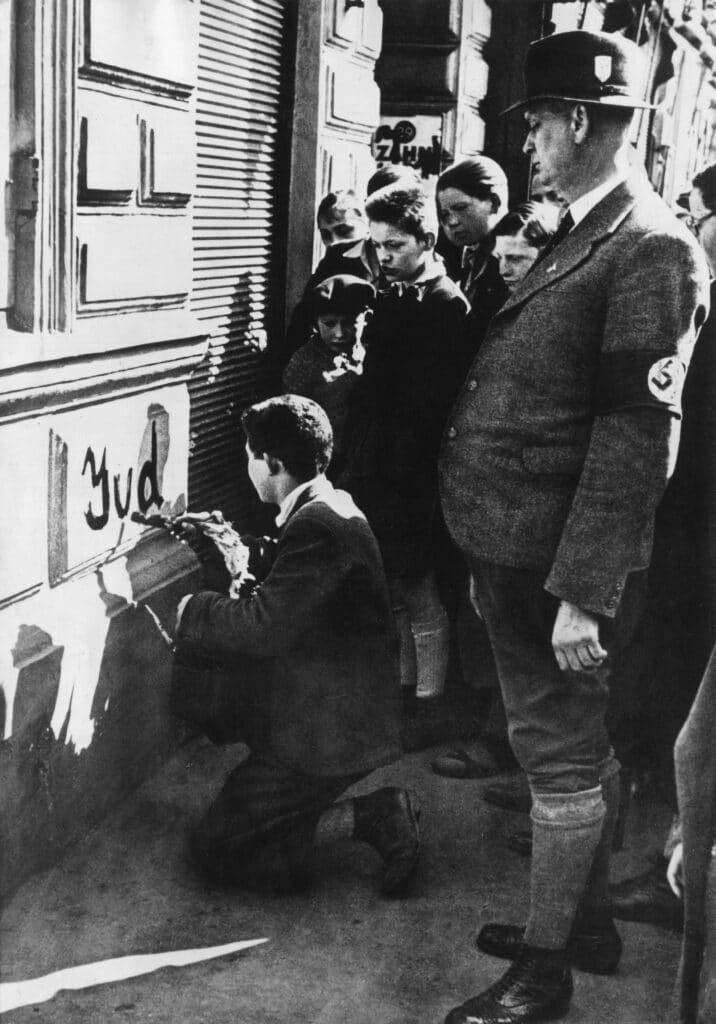
SS Captain Adolf Eichmann (who eventually became known as the Nazis most zealous deportation “expert”) worked closely with Vienna’s Security Police to establish the Central Office for Jewish Emigration in Vienna. By May 17, 1939, nearly half of Austria’s entire Jewish population had been forced out, leaving only approximately 121,000 Jews in Austria.
By 1939, the German policy shifted to deportation. The first transport of Jews from Vienna went to the Nisko concentration camp in Poland. Several of the forced-labor camps in Vienna were under the administration of the Mauthausen death camp, located in the Danube Valley near Linz. To this day, the skeleton of Mauthausen is evidence of the atrocities of the Holocaust in Austria.
Vienna’s most famous Jewish residents
At its peak, some of the greatest thinkers called Vienna home.
Theodor Herzl lived and died in Vienna– where his Zionist ideals began to take shape against the backdrop of Vienna’s legendary cafe culture. The coffee houses in Vienna were spots for creative thinkers to debate politics and ideas. In 2011, UNESCO declared Vienna’s cafes a cultural treasure, calling them places “where time and space are consumed, but only the coffee is found on the bill.” Café Griensteidl, which closed down in 2017, was said to be Herzl’s regular spot.
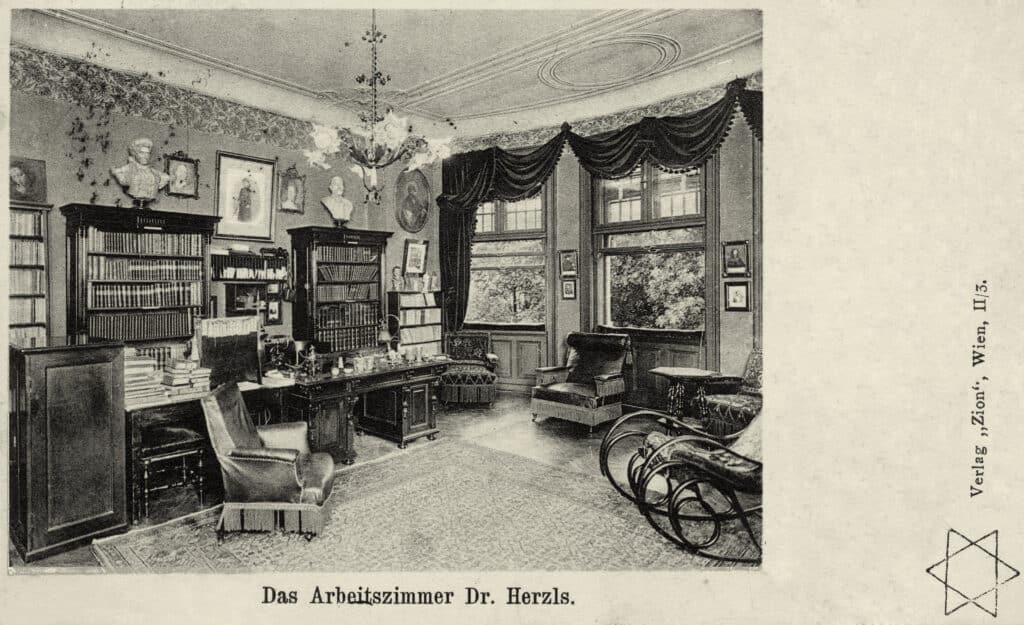
In Vienna, the father of Zionism founded the newspaper Die Welt, “The World” which continues to operate as Vienna’s Illustrierte Neue Welt, “Illustrated New World,” alongside Austria’s other Jewish publication Die Gemeinde, “The Community.”
Sigmund Freud, best known as the father of psychoanalysis, also lived and worked in Vienna for most of his life– having set up his clinical practice there in 1886.
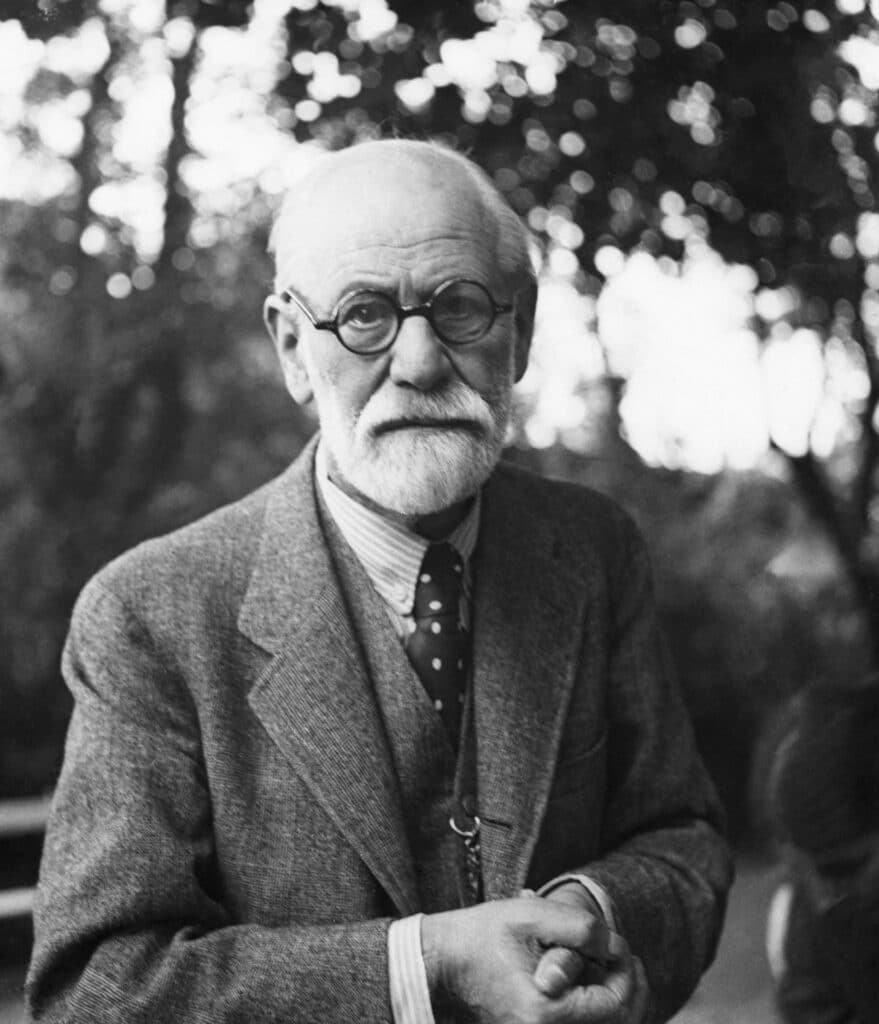
In 1913, Hitler, Trotsky, Tito, Stalin and Freud all famously lived a stone’s throw away from each other in Vienna. Freud was a regular at the famous Cafe Landtmann, while Hitler and Trotsky (separately) frequented the equally famous Cafe Central.
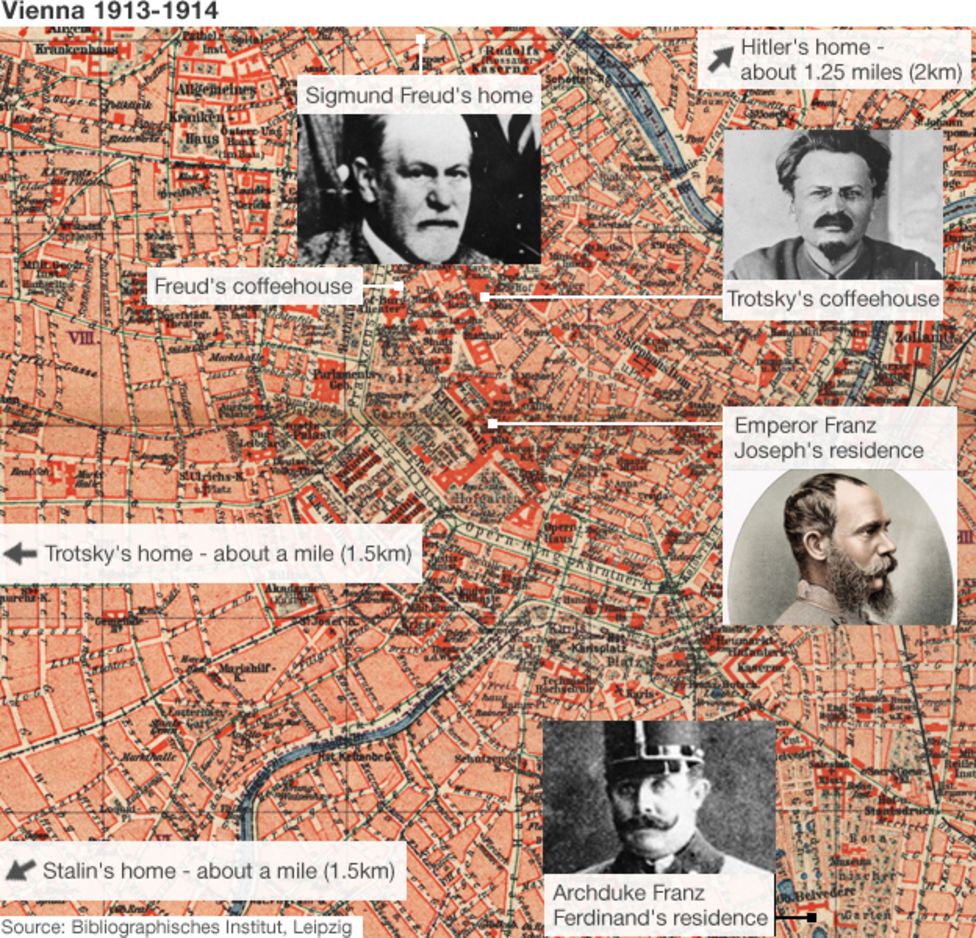
In January 1933, when the Nazi Party took control of Germany, university students across Germany famously burned and destroyed books by Jewish authors including Freud’s, Albert Einstein and other blacklisted American authors such as Ernest Hemingway and Helen Keller.
Freud famously remarked “What progress we are making? In the Middle Ages they would have burned me. Now, they are content with burning my books.”
Despite rising antisemitism, Freud was determined to stay in Vienna, even following the Nazi annexation of Austria. In 1938, he had to be convinced by the president of the International Psychoanalytical Association (IPA) to seek exile in Britain, where he lived until his death in 1939.
Jewish life in Vienna today
Today, there is a growing population of Jews and Israelis in Austria. Leopoldstadt is the best-known Jewish district, where most Jewish institutions, organizations and kosher restaurants are headquartered.
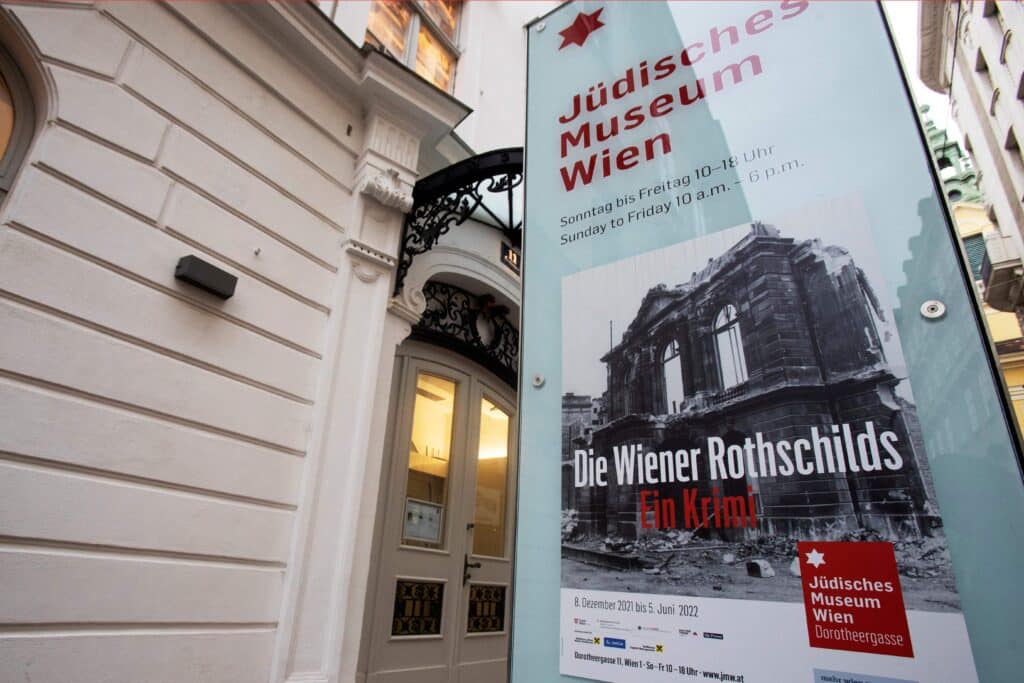
Traditional Jewish life is centred around the Stadttempel, the Vienna City Temple, which was the only synagogue to survive the Holocaust and where the community offices and the Chief Rabbinate are now located. The Israelitische Religionsgesellschaft, (the Jewish Religious Association) is the primary representative body of Austrian Jewry.
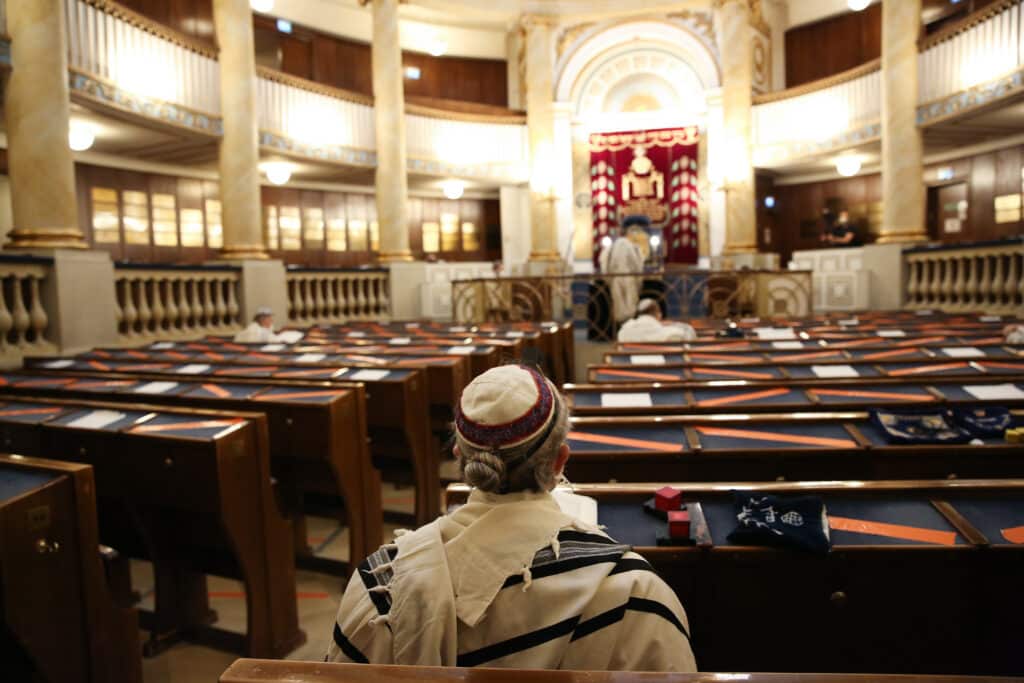
A dozen other synagogues and prayer rooms serve the community on a regular basis, as well as one kosher supermarket, one kosher butcher and a bakery. In 1993, the Jewish Museum in Vienna opened its doors becoming a central cultural institution of the community and a tourist attraction to learn about Vienna’s rich Jewish history.
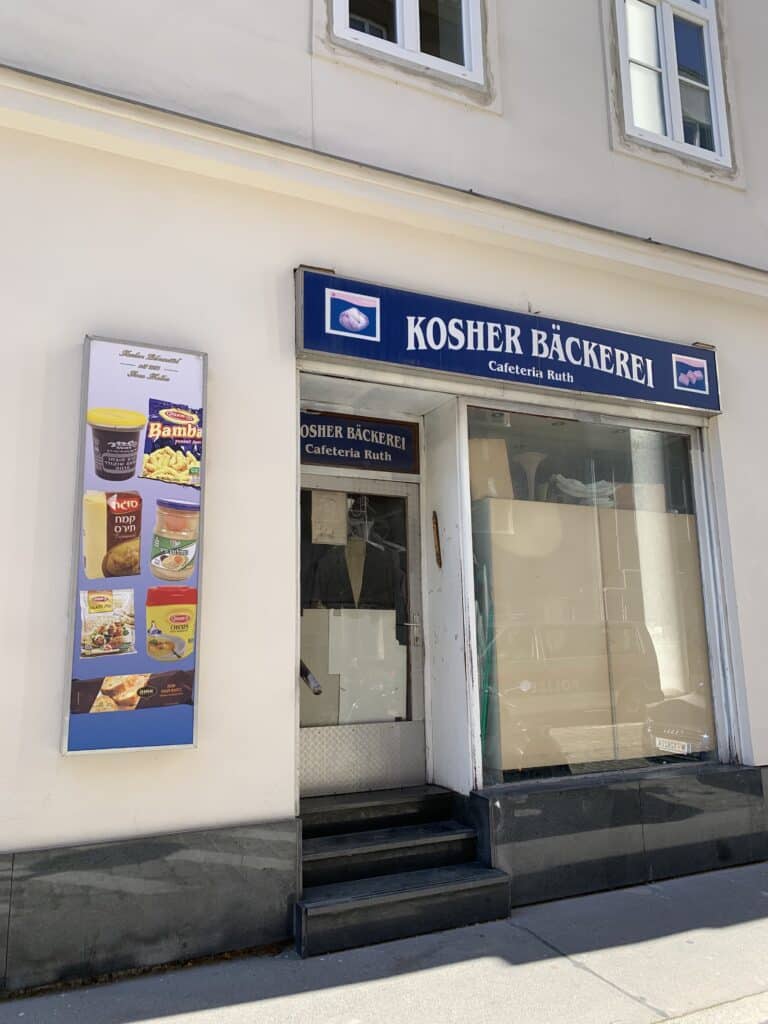
There are a handful of Jewish educational institutions in Vienna. Zvi Perez Chajes School is Vienna’s Jewish school run by the community. It reopened in 1984 after being closed for more than 50 years and includes a kindergarten, elementary and high school. Approximately 400 students go to Jewish school in Vienna, not including the Haredi institutions. In February 2004 The Viennese Yeshiva was inaugurated as the first yeshiva built in the city since World War II.
Vienna has a long-standing Jewish sports club, S.C. Hakoah. Prior to World War II, it produced several Olympic athletes and was notable for fielding an entirely Jewish association football team with players drawn from across Europe.
Antisemitism in Austria
As Vienna’s Jewish population grows, so too has antisemitism in the city. In 2022, antisemitic incidents reached a record high in Austria. The statistics compiled by the Jewish Community of Vienna recorded 965 incidents in 2021 — the highest number since the organization began documenting them 20 years ago. That figure is an increase of 65% over the previous year, when there were 585 recorded incidents, according to the Times of Israel.
The recent success of the far right “Freedom Party,” which is the third largest party in Austria’s National Council, has been cause for concern for the Jewish community. The party was created in 1956 by former members of the Nazi party and its first two leaders were former Waffen SS officers. Since 2019, the group has grown in its political influence and is said to still be underscored by its Nazi foundations.
Originally Published Aug 1, 2022 12:02AM EDT
